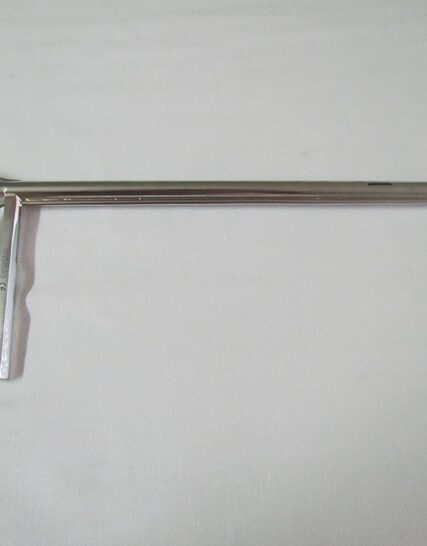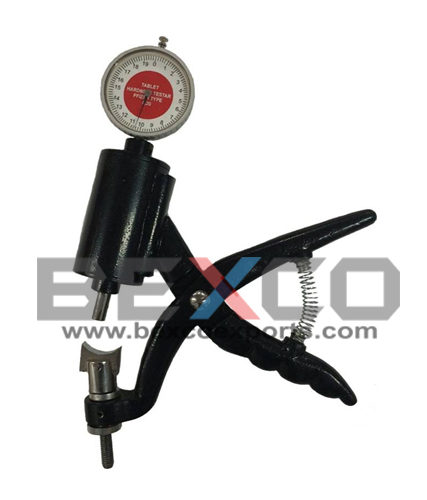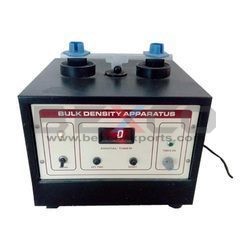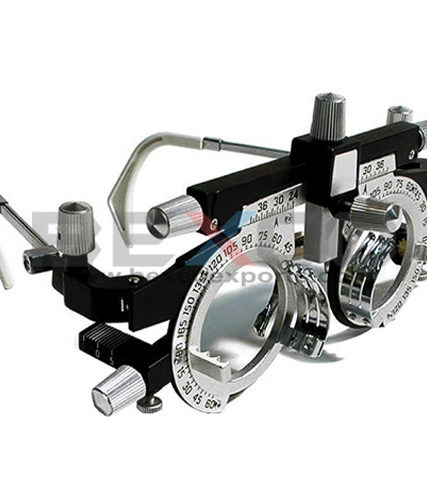Subtotal: $4,240.00
In its simplest version, the future value formula includes the asset’s (or the investment) present value, the interest rate, and the number of periods between now and the future date. If you know your way around a graphing calculator, you can work out an investment’s future value by hand, using the equations above. You can also use an online future values calculator or run the formula on spreadsheet software https://www.bookkeeping-reviews.com/ like Excel or Google Sheets. So the bond has increased from $1,000 to $1,485 after eight years, given the annual interest rate of 5.0% compounded on a semi-annual basis. If we assume that the term length is 8 years – the following are the inputs to calculate the future value of the bond investment. The more compounding periods there are, the greater the future value (FV) – all else being equal.
What’s the future value formula?
However, we believe that understanding it is quite simple, even for a beginning in finance. In this formula, the superscript n refers to the number of interest-compounding periods that will occur during the time period you’re calculating for. The calculated future value is a function of the interest rate assumption – i.e. the rate of return earned on the original amount of capital invested, or the present value (PV). Future value, or FV, is what money is expected to be worth in the future. Typically, cash in a savings account or a hold in a bond purchase earns compound interest and so has a different value in the future. Future value is used for planning purposes to see what an investment, cashflow, or expense may be in the future.
Compound interest vs. simple interest
Depending on the model, your calculator might be equipped with a built-in FV calculation. For instance, on the Texas Instruments 84 model (the most popular calculator for math and finance classes), you can find the formula under the calculator’s finance section. Alternatively, if you have a graphing calculator that can perform more complex math functions, just enter the numbers and run the calculation yourself. Making money on an investment is rarely a given—the stock market is too unruly for that.
- Future value is the calculated value of an asset or cash flow at a specific point in the future.
- We can combine equations (1) and (2) to have a future value formula that includes both a future value lump sum and an annuity.
- However, investments in the stock market or other securities with a volatile rate of return can yield different results.
- Interest rates and inflation increase and decrease the value of money.
How do you calculate future value on a calculator?
Should you wish to have a visual breakdown of deposits and interest over time, give our compound interest calculator a try. The present value (PV) is defined as the initial investment amount, whereas the future value represents the ending amount, with the original amount as well as any accumulated interest. For investors and corporations alike, the future value is calculated to estimate the value of an investment at a later date to guide decision-making.
In our example, if you want to have $8,000 after five years, the initial deposit should be equal to $6,900.87. That’s why understanding how to calculate the core value of assets, in the present and in the future, is so crucial. In this article we’ll delve into the formulae available and then go through a couple of examples.
Future value calculator is a smart tool that allows you to quickly compute the value of any investment at a specific moment in the future. You need to know how to calculate the future value of money when making any kind of investment to make the right financial decision. Usually, you’ll use the future value formula when you want to know how much an investment will be worth. The purchasing power of that dollar will rise or fall over time resulting from inflation, investment return, and taxes.
There can be no such things as mortgages, auto loans, or credit cards without FV. By changing directions, future value can derive present value and vice versa. The future value of $1,000 one year from now invested at 5% is $1,050, and the present value of $1,050 one year from now, assuming 5% interest, is $1,000. The yearly interest rate in the considered investment is then 3.18%.
An annuity is a sum of money paid periodically, (at regular intervals). Let’s assume we have a series of equal present values that we will call payments (PMT) and are paid once each period for n periods at a constant interest rate i. The future value calculator will calculate FV of the series of payments 1 through n using formula (1) to add up the individual future values. Interest rates and inflation increase and decrease the value of money. You can calculate the future value of money in an investment or interest bearing account.
In other words, the $500 tax obligation has a future value of $525 when factoring in the liability growth due to the 5% penalty. You can use this future value calculator to determine how much your investment will be worth at some point in the future due to accumulated interest and potential cash record sales and purchases by credit card financial accounting flows. When explaining the idea of future value, it is worth to start at the very beginning. First of all, you need to know that the underlying assumption of future value is the concept of the time value of money. Actually, this idea is one of the core principles of financial mathematics.
Future value can also handle negative interest rates to calculate scenarios such as how much $1,000 invested today will be worth if the market loses 5% each of the next two years. The future value formula can be expressed in its annual compounded version or for other frequencies. Have you noticed that this value is higher (by $2.44) than previously and the only thing that has changed is the compounding frequency? You can say then that the more frequent the compounding, the higher the future value of the investment. The key point is when you know the facts and calculate your numbers then you can make informed investment decisions because a dollar today is not the same as dollar tomorrow.
Future value (FV) is a key concept in finance that draws from the time value of money. Using future value, investors can estimate the value of that dollar at some point later in time, or the value of an investment or series of cash flows at that future date. https://www.bookkeeping-reviews.com/what-is-amortization/ Future value works oppositely as discounting future cash flows to the present value. Try to calculate the annual interest rate on this investment if interest is compounded monthly. Is this interest rate higher or lower than interest rate from the example?
The future value formula could be reversed to determine how much something in the future is worth today. In other words, assuming the same investment assumptions, $1,050 has the present value of $1,000 today. Now that you know how to compute the future value, you can try to make your calculations faster and simpler with our future value calculator. This calculator is a tool for everyone who wants to make smart and quick investment calculations. It is also highly recommended for any investors, from shopkeepers to stockbrokers.
At the bottom of this article, you’ll find an interactive formula, which will allow you to enter figures of your choosing and see how the calculation is made. Should you wish to read it, we also have an article discussing the compound interest formula. If we enter our assumptions into the Excel formula, we arrive at a future value (FV) of $1,485. By submitting this form, you consent to receive email from Wall Street Prep and agree to our terms of use and privacy policy. The future value of a sum of money is the value of the current sum at a future date. For example, use PV to calculate how much you’d need to invest today to have $1,000 in five years.










